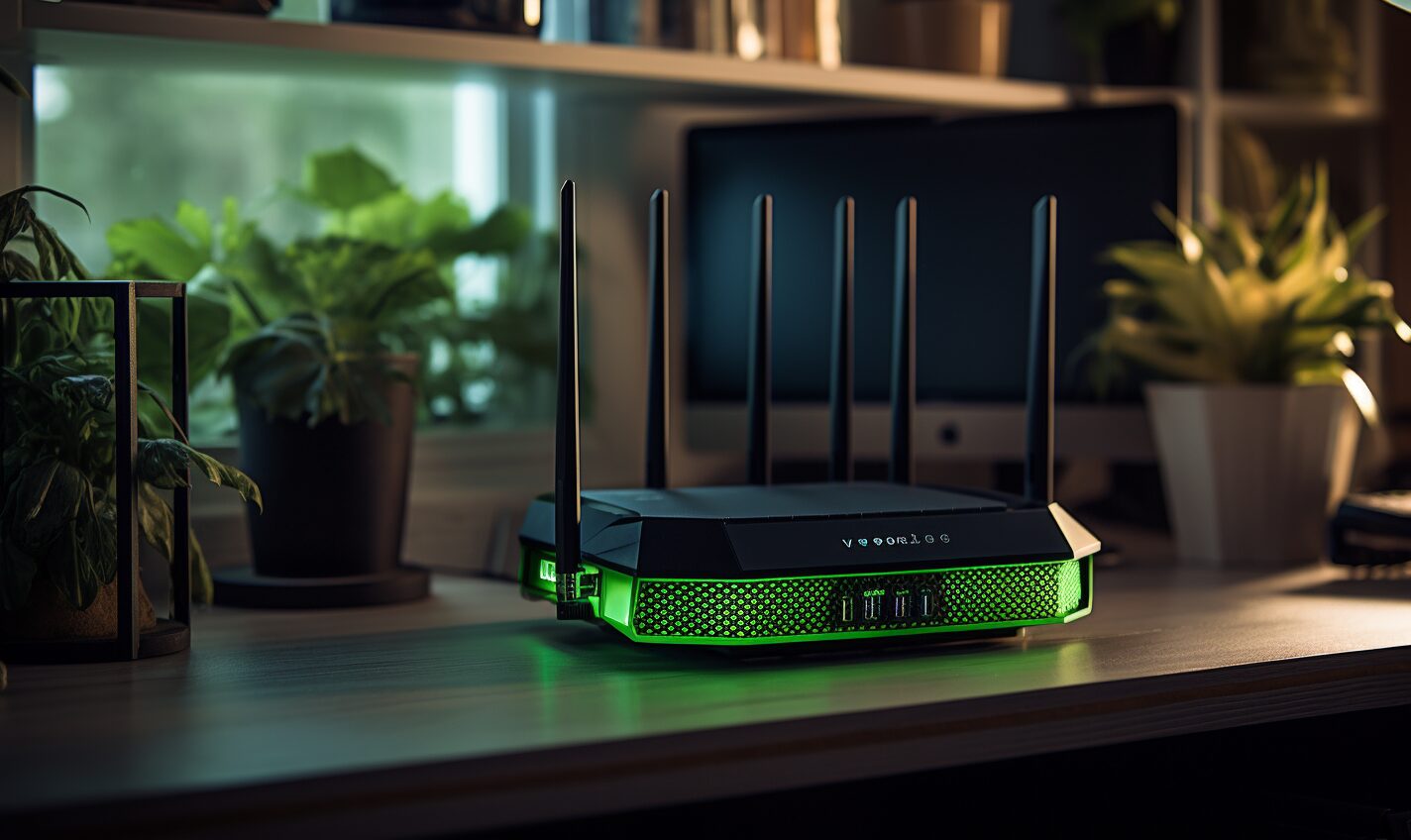What Specs to Look for When Choosing a Wi-Fi Router

Your router is probably one of the most important pieces of internet hardware you’ll buy. It connects your devices to the web and provides Wi-Fi coverage to your home. If it doesn’t have the right specs, you may have to deal with poor signal strength, spotty coverage or slower speeds than your internet plan provides.
Picking the right router requires familiarity with a range of technical specifications and technologies, many of which are just a few years old.
Here’s what specs to look for when choosing a Wi-Fi router — and how to determine what kind of router your household needs.
Wi-Fi Standard
Your router’s Wi-Fi standard will have a major impact on its overall performance. It determines how your router sends data and what frequency band it uses.
Until 2021, the newest network protocol was 802.11ac, which some manufacturers have started calling “W-Fii 5” following the launch of Wi-Fi 6 (802.11ax).
You may also see standards like 802.11b, a, g and n. 802.11g and n are a commonly used standard and provide a good middle ground between speed and compatibility with older devices.
In general, if you want higher speeds, you should look for a router with the most recent Wi-Fi standard. Routers with Wi-Fi 6 support will be the fastest — followed by 802.11ac, n, g, a and b.
Antennas
Many modern routers come with more than one antenna. Some higher-end routers, like the TP-Link Archer C5400 v2, come with as many as eight.
Router antennas communicate with your devices, like smartphones, laptops and tablets. Routers with more than one antenna have what’s called a MIMO (or multiple input/multiple output) configuration. This allows the router to transmit and receive data over several radio channels.
Typically, a router will either come with one antenna in a SISO (single input/single output) configuration or with pairs of antennas in a MIMO configuration. If a router has six antennas, it has a 3×3 MIMO setup — three antennas for receiving signals and three for sending them. A four-antenna format is likely a 2×2 MIMO setup, an eight-antenna router probably has a 4×4 MIMO setup and so on.
More antennas mean a faster transfer of data. With a 3×3 MIMO configuration, the router can send data over three distinct radio channels, roughly tripling transfer rates.
In short, more antennas typically mean faster speeds. However, how a router is using these antennas can also have a big impact. Look for software features like multiuser MIMO (MU-MIMO) to know if a router with multiple antennas is really taking advantage of that extra hardware.
Speed
Speed is one of the most important specs on a router — but it’s important to know how manufacturers break down speed on a router’s specifications.
On a router product page, you may see speed listed in one of two ways. The first may be in megabits per second on a particular band — for example, 600 Mbps on the 2.4 GHz band. This means the router can transfer 600 megabits of data per second across the 2.4 GHz band, which provides more coverage but slower speeds.
The same router may also have 1,300 Mbps on the 5Ghz band, which provides less coverage but offers faster speeds.
You may also see a label that combines the router’s Wi-Fi standard with the sum of speeds across both bands. The same router mentioned above may be an AC1900, for example. This router would use the 802.11ac (Wi-Fi 5) standard while providing maximum link rates of 1,900 Mbps total — 600 Mbps on the 2.4GHz band and 1,300 Mbps on the 5GHz band.
A device can only use one of these bands at a time, meaning that the theoretical max speed you could get from this router is 1,300 Mbps down. However, in practice, your internet speed is likely to be slower than that.
Choosing a router with a higher theoretical speed could help provide you with a quicker connection. However, if your home internet connection isn’t too fast, it may be better to choose a router with a lower maximum speed.
Mesh
Standard routers use a single device to provide a Wi-Fi signal in your home. On the other hand, mesh routers use multiple devices to create signals, helping to cover dead zones and improve coverage across a wide area.
Not all modern routers are mesh routers and you are likely to pay extra for a router with this feature. However, it’s essential if you have a larger household and have struggled to broadcast a signal throughout your home in the past.
If you have a smaller home and haven’t had issues with device connectivity in the past, it may be worth skipping on a mesh router for now in favor of something more affordable.
Security Features
Most routers come with one of several Wi-Fi security methods — WEP, WPA, WPA2 and WPA3. These are used to encrypt your home network and require that connecting devices have a password or key to gain access.
WEP is the oldest of the four and is generally considered obsolete. WPA is newer but still not recommended by most security professionals. Modern routers typically use WPA2 or WPA3. Both of these standards will help keep your home network secure, but WPA3 will likely provide the best protection.
However, because WPA3 is relatively new, you may not find it on every router. Also, routers that use the standard may be more expensive.
Breaking Down the Specs on a New Wi-Fi Router
These five specs are some of the most important if you’re buying a new router. Speed, standard, security method, and features like mesh or extra antennas will have a big impact on your home network’s performance.
When buying a Wi-Fi router, be sure to check that it comes with features and specs that will cover your home’s particular needs.